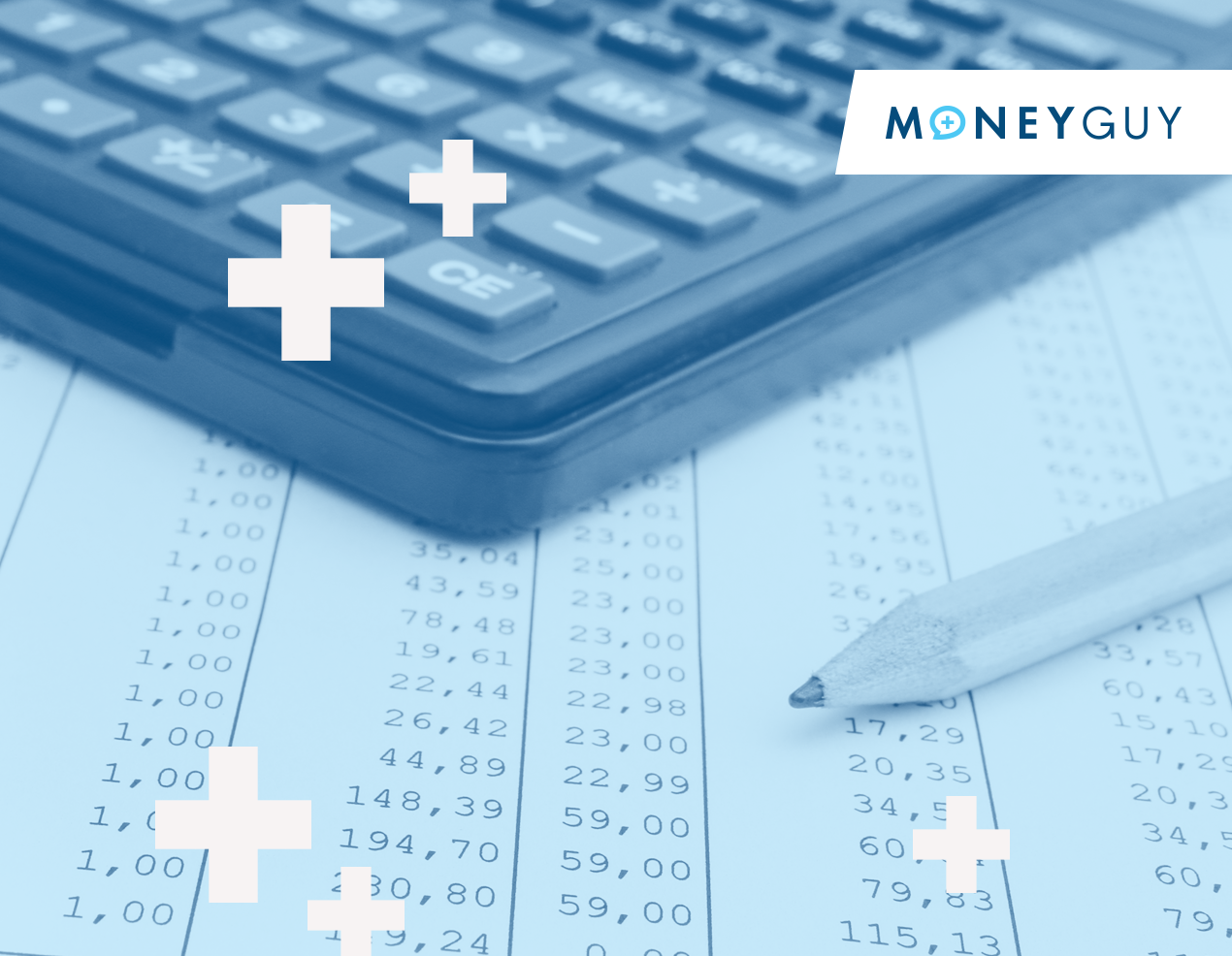
You need a solid foundation in place before you start building a house. The same is true with building wealth; you need to be on solid financial footing before you can begin building wealth. Getting over the hump is the hardest part of building wealth, and the biggest obstacle you’ll run into along the way. 78% of Americans live paycheck to paycheck, which means they aren’t building wealth. You’ve got to have the basics covered (which means you can comfortably pay your bills every month and aren’t living paycheck to paycheck) before you can focus on the bigger things.
What it means to be on solid financial footing
The first step towards being on solid financial footing is not living paycheck to paycheck. There are several steps you need to take afterwards to complete your financial foundation.
1. Deductibles Covered
In case of an unexpected health emergency, car crash, or homeowner’s insurance claim, you need to make sure you have all of your deductibles covered. Having enough cash to pay your deductibles isn’t the same as having a full-fledged emergency fund, but it’s a great start to covering risks and making sure you won’t have to take out a loan if something unexpected were to happen.
2. Match From Employer
As you’ve heard Bo and Brian say countless times on the show, your employer match is free money and you need to be taking advantage of it. If you receive a dollar-for-dollar match on your contributions to your employer-sponsored retirement plan, you’re essentially getting a 100% rate of return on those contributions. If your employer only matches $0.50 for every $1.00, that’s still essentially a 50% rate of return.
3. Pay Off High Interest Debt
High-interest debt can be a huge roadblock on the way to building wealth. 55% of Americans that have credit cards have credit card debt, which is the most common type of high-interest debt. Paying down any high-interest debt should be a priority, but pre-paying lower-interest debt – such as mortgages and some student loans – come later in the Financial Order of Operations.
4. Emergency Reserves
Building an adequate emergency fund is necessary for paying unexpected expenses and avoiding debt. An emergency fund is generally 3-6 months worth of expenses, but your emergency fund may be anywhere within that range (or even longer) depending on your needs and risk. For example, if you work in a cyclical industry, such as construction, and have a higher risk of losing your job, your emergency fund may need to be larger than someone who has greater job security. If your income fluctuates from month-to-month, you may need a larger emergency reserve. If you’ve got great job security in a high-demand career field and a steady income, your emergency fund may not be as large.
5. Roth and/or HSA Contributions
You’re almost there. You’re almost over the hump. The last beginner’s step in building wealth is making (preferably maxing out) Roth IRA and/or HSA contributions. Roth IRAs are an extremely powerful tool for saving for retirement, especially for younger people and those with lower incomes. HSAs are rarely used for retirement saving – only 4% of HSAs have investable assets beyond cash – but they can offer similar tax advantages and are another great tool for saving for retirement.
Once you’ve got the first five steps in the Financial Order of Operations taken care of, you’re well on your way to building wealth. If you don’t yet have a solid financial foundation, or a little behind the curve, try not to get ahead of yourself; you must learn to walk before you can run. If you’ve got the first five steps down and you’re wondering what’s next, watch our full Financial Order of Operations show on YouTube.
Our full show this week is “What Wealth Looks Like By Age! (Are You Actually Wealthy?!)” No matter where you’re at in your financial life (or in the Financial Order of Operations), there’s something in this show for you. Watch it now on YouTube below.













